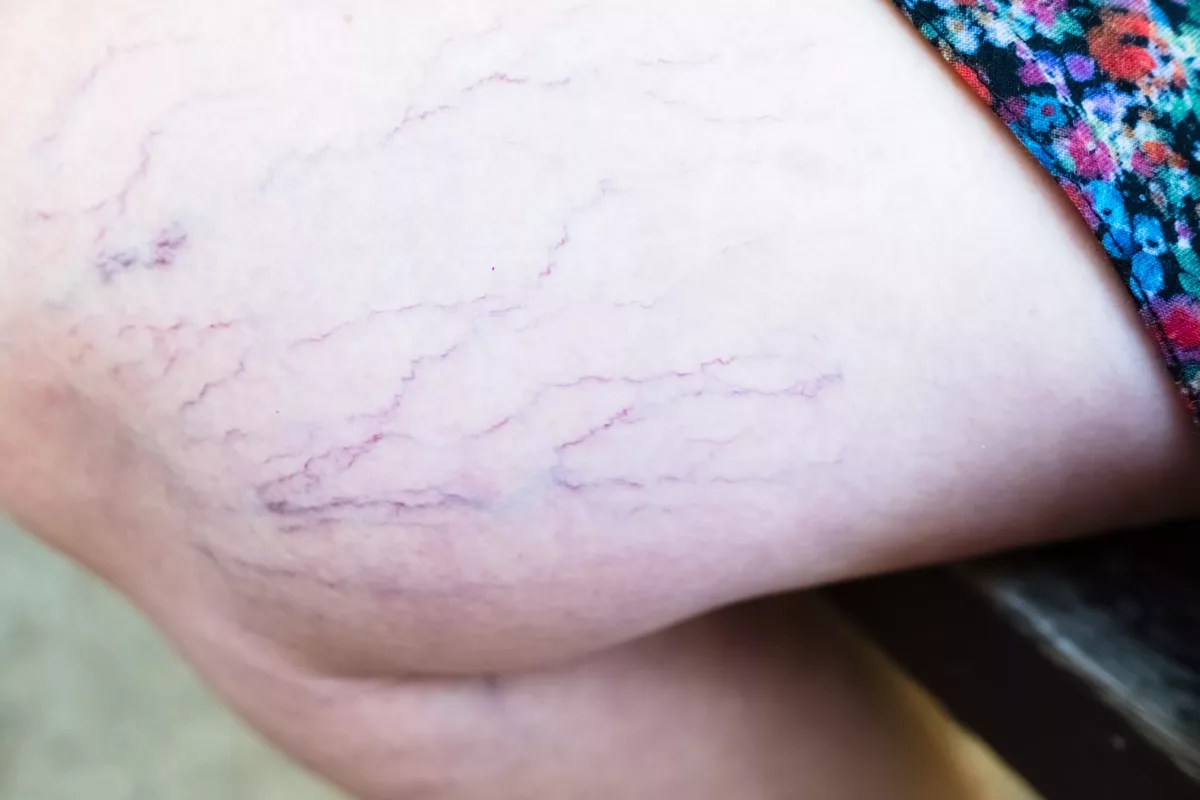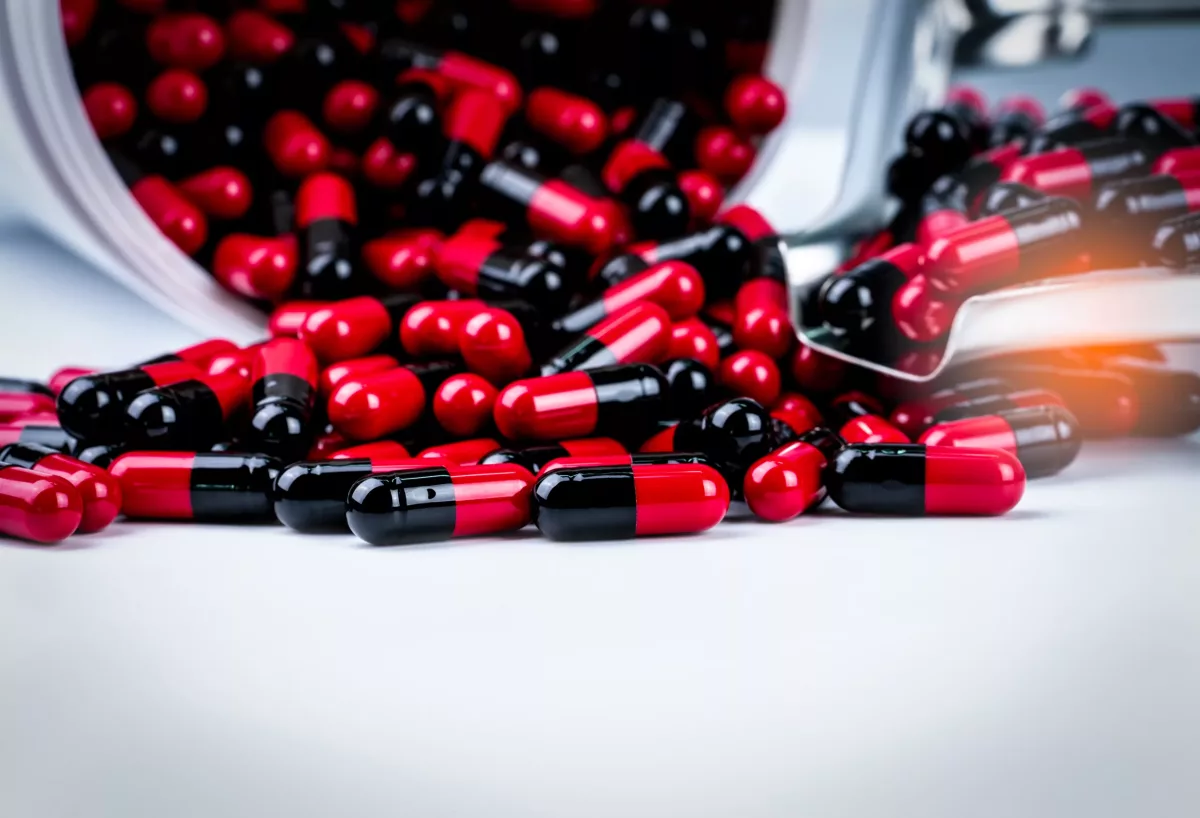Any health condition that negatively affects the veins is called venous disease. Generally, veins play a very important role in blood circulation throughout the body. Through the veins, the blood goes back to the heart muscle to get oxygen. When weakness or damage to the veins occurs, blood cannot circulate properly, which may lead to symptoms and other health problems. However, there are multiple treatments that may help relieve the symptoms and prevent serious complications.
In normal circumstances, veins have valves (flaps) that open when the muscles contract, allowing the blood to move through them. If the muscles are relaxed, these valves close, which helps keep blood from moving in one direction. The oxygen-rich blood goes throughout the body from the heart through the arteries. In some cases, certain factors cause damage to the valves inside the veins, which may cause the blood flow in both directions.
Types of Venous Disease
- Blood clots – This type of condition may occur anywhere in the body, including the veins in the arms, legs, internal organs (such as spleen, kidneys, liver, and pelvic organs), brain (cerebral vein thrombosis), and lungs (pulmonary embolism).
- Deep vein thrombosis (DVT) – In such cases, a blood clot forms in the deep veins (usually in the arms or legs). While the condition itself is not dangerous, if the blood clot breaks and spreads to the lungs, it may cause a life-threatening condition called pulmonary embolism.
- Superficial thrombophlebitis – People who develop this condition have a blood clot in a vein close to the surface of the skin. Commonly, this type of blood clot does not travel to the lungs.
- Chronic venous insufficiency – The most common symptom of this condition is pooling of blood, which often causes increased pressure or pigmentation, discoloration of the skin, chronic leg swelling, and leg ulcers (also known as venous stasis ulcers).
- Varicose and spider veins – This type of venous disease occurs due to weakness of the blood vessel walls.
- Venous ulcers – This condition causes open sores that may not heal or recur after treatment. In most cases, people develop venous stasis ulcers below the knee, above the ankle, or on the inner part of the leg.
- Arteriovenous fistulas – This disorder causes abnormal connections between arteries and veins.
This is a very common condition that affects approximately 30 million people in the U.S. According to some studies, this condition will affect more people in the future.
Symptoms
People who develop venous disease usually experience the following symptoms. For example:
- Pain
- Cramps
- Heaviness
- Itching
- A burning feeling in the affected area
- Swelling
- Bulging veins
If you experience any of the previous symptoms, do not hesitate to see a doctor.
Causes
People usually develop venous diseases due to the following health conditions. Examples include:
- Congenital vein defects (they occur when veins do not develop properly during pregnancy)
- Injuries
- Other venous diseases
- Weakened walls of the blood vessels due to pregnancy, aging, cysts, or tumors
- Hypertension (high blood pressure)
Risk Factors
Healthcare providers have identified some factors that could increase the risk of developing venous diseases. Examples include:
- Obesity (excessive body weight)
- Pregnancy
- A family history of venous disease – If you have a parent or sibling with this condition, you are more likely to develop it.
- Sex – Females are at increased risk of developing venous disease compared to males.
- Standing or sitting for a long time
- Birth control pills or hormone replacement therapy
- Smoking
What Are the Possible Complications of Venous Disease?
People with venous diseases may also experience some complications. However, these complications appear depending on the severity and type of disease. Check below some examples:
- Superficial thrombophlebitis – Deep vein thrombosis
- Deep vein thrombosis – Chronic venous insufficiency or pulmonary embolism
- Pulmonary embolism – Pulmonary hypertension
- Varicose veins – Venous ulcers or superficial thrombophlebitis
- Venous ulcers – infections (such as gangrene)
- Cellulitis
- Postphlebitic syndrome
- Reduced mobility
- Reduced quality of life
This article does not contain all possible complications of venous diseases. Moreover, you can consult with your healthcare professional about ways to reduce the risk or even prevent these complications.
How to Prevent Venous Disease?
While it is not always possible to prevent venous diseases, there are some tips that may help reduce the risk. Examples include:
- Manage chronic health conditions (such as type 2 diabetes, hypertension, and others)
- Regularly perform physical exercise (aim for at least 30 minutes of exercise per day)
- Do not stand or sit for long periods
- Quit smoking – If you cannot stop smoking, discuss it with your healthcare professional
- Try to get and maintain a healthy weight
- Reduce saturated fat and salt in your diet
- Manage stress
Diagnosis
First, doctors will perform a physical examination to check for abnormalities linked to the disease. They may also ask some questions about the symptoms and medical history. In some cases, physicians may perform some tests to confirm the condition, determine the exact cause, or rule out other diseases that cause similar symptoms. For example:
- Ankle-brachial index (ABI)
- Ultrasound, including intravascular ultrasound (IVUS)
- CT (computerized tomography) scans
- MRI (magnetic resonance imaging) scans
- Angiogram
Treatment
People with venous diseases usually get different treatments because it depends on several factors. For example, the severity and type of the disease, existing health problems, age, and preferences. However, doctors usually recommend medicines, compression stockings or bandages, therapies, surgery, and lifestyle changes (including dietary changes, quitting smoking, and others).
Furthermore, there are multiple nonsurgical and surgical treatments for each type of venous disease. Usually, the treatment goal is to lessen the symptoms and reduce the risk of developing life-threatening complications. Check below some medicines and procedures often used to treat venous disease:
- Anticoagulants (also known as blood-thinners)
- Thrombolytics
- Endovenous ablation (including lasers, sclerotherapy, or radiofrequency)
- Thrombectomy
- Vena cava filter
- Vein surgery
Frequently Asked Questions
When should I go to the ER?
It is advised to go to the nearest emergency room (ER) or call 911 if you experience any of the following symptoms. Examples include:
- Bleeding while administering anticoagulants
- Fast heartbeat
- Cough
- Bluish skin
- Chest pain
- Shortness of breath
How to fix blocked veins in the legs?
The following home remedies and lifestyle changes may help people with varicose veins. Examples include:
- Limit or avoid salt
- Use proper footwear
- Avoid tight clothes
- Raise the legs
- Try to get and keep a healthy weight
Consult with your doctor for more details.
Can venous disease be cured?
Yes, sometimes, the condition can be reversed or cured. For instance, there are certain procedures to close a varicose vein and make a new pathway for blood flow. However, these treatments cannot prevent new varicose veins. Ask your healthcare provider if you have additional questions.




